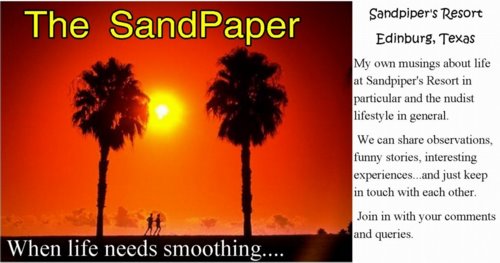We left Alpharetta and rode to Greenville, NC for a three day stop. After
visiting Mary's nephew and his family we proceeded to Newport News, VA. for a
weekend layover and visit friends. On Sunday we toured Jamestown, VA. This was
an interesting stop. Here is a brief history of Jamestown.
The founding of Jamestown, America’s first permanent English colony, in
Virginia in 1607 – 13 years before the Pilgrims landed at Plymouth in
Massachusetts – sparked a series of cultural encounters that helped shape the
nation and the world. The government, language, customs, beliefs and
aspirations of these early Virginians are all part of the United States’
heritage today.
The colony was sponsored by the Virginia Company of London, a group of investors who hoped to profit from the venture, and was chartered in 1606.
The Susan Constant, Godspeed and Discovery, carrying 105 passengers, one of whom died during the voyage, departed from England in December 1606 and reached the Virginia coast in late April 1607. The expedition was led by Captain Christopher Newport. On May 13, after two weeks of exploration, the ships arrived at a site on the James River selected for its deep water anchorage and good defensive position. The passengers came ashore the next day, and work began on the settlement. Initially, the colony was governed by a council of seven, with one member serving as president.
Serious problems soon emerged in the small English outpost, which was located in the midst of a chiefdom of about 14,000 Algonquian-speaking Indians ruled by the powerful leader Powhatan. Relations with the Powhatan Indians were tenuous, although trading opportunities were established. An unfamiliar climate, as well as brackish water supply and lack of food, conditions possibly aggravated by a prolonged drought, led to disease and death.
The colony was sponsored by the Virginia Company of London, a group of investors who hoped to profit from the venture, and was chartered in 1606.
The Susan Constant, Godspeed and Discovery, carrying 105 passengers, one of whom died during the voyage, departed from England in December 1606 and reached the Virginia coast in late April 1607. The expedition was led by Captain Christopher Newport. On May 13, after two weeks of exploration, the ships arrived at a site on the James River selected for its deep water anchorage and good defensive position. The passengers came ashore the next day, and work began on the settlement. Initially, the colony was governed by a council of seven, with one member serving as president.
Serious problems soon emerged in the small English outpost, which was located in the midst of a chiefdom of about 14,000 Algonquian-speaking Indians ruled by the powerful leader Powhatan. Relations with the Powhatan Indians were tenuous, although trading opportunities were established. An unfamiliar climate, as well as brackish water supply and lack of food, conditions possibly aggravated by a prolonged drought, led to disease and death.
Captain John Smith became the colony’s leader in September 1608 – the fourth in a succession of council presidents – and established a “no work, no food” policy. Smith had been instrumental in trading with the Powhatan Indians for food. However, in the fall of 1609 he was injured by burning gunpowder and left for England. Smith never returned to Virginia,
The first documented Africans in Virginia arrived in 1619. They were from the kingdom of Ndongo in Angola, West Central Africa, and had been captured during war with the Portuguese. While these first Africans may have been treated as indentured servants, the customary practice of owning Africans as slaves for life appeared by mid-century. The number of African slaves increased significantly in the second half of the 17th century, replacing indentured servants as the primary source of labor.
Today's cruise passenger would be horrified at the accommodations provided on
these three ships. Each ship had only one cargo hold. Once the cargo, which
consisted of jute bags, barrels and crates, were stowed, a layer of mattresses
was placed over the cargo. This was where the passengers slept.
Hugs to all,
Mary and John



No comments:
Post a Comment